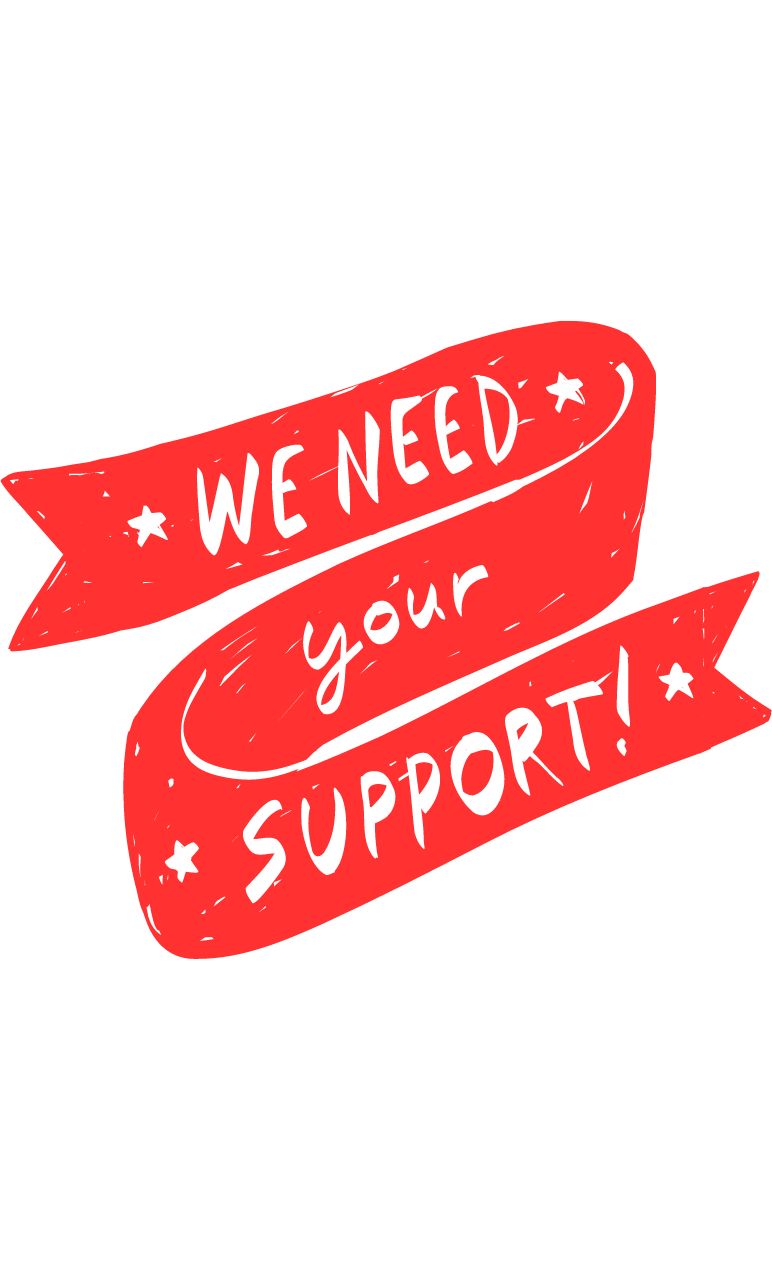Get it off your chest
Being born male awards immense societal privileges. And yet many men and boys are remonstrating, dissatisfied with their lot. Could pressures of embodying hyper-masculinity be at fault? And might accepting difference and diversity be the answer?
At times coy, at others demonstrative, the male body seemingly has its autonomy covered. Identifying as male comes with certain public assurances: while your genitalia is sacred, you are free to bare all else without reproach. But such liberties don’t necessarily lead to body confidence.
Phallocentrism, initially coined to challenge psychoanalysis’s fixation on the phallus and privilege, turns out to be hard to live up to. The swollen proportions of phallic representations are likely to be more impressive than any actual penis in the flesh. And exaggerated expectations can lead to all manner of insecurities and compensatory behaviour.
The rise of ‘incels’ (involuntary celibates) – straight men and boys who, given their perceived lack of attention from women and girls, group together online and seek retribution – reflects how feelings of inadequacy can heavily distort social norms, twisting aggressive misconduct into victimhood. TV drama Adolescence (2025) takes the disturbing topic and lays its criticism at society’s door – more specifically that of the closed teenager’s bedroom with unchecked access to social media.
Hostile male political leaders, who also play the victim card when it suits them, are unsurprisingly predisposed to displays of phallic showmanship. If it weren’t for their crimes and rising autocracy, it would be tempting to dismiss the affected bravado of presidents who pose topless on horseback or defiantly pump their fist after being shot. Warrior masculinity, as a call to war or the fight against democracy, has replaced statesmanship.
But masculinity isn’t just toxic. And the male body is more than a symbol of virility and power.
No gain from pain
Film theorist Lennart Soberon questions the sustainability of the pumped-up male body in action movies. His analysis begins as reflection on working out to overcome burnout: ‘as I trudged along on the treadmill, I began to wonder if I was actually just running in circles. Something about my new routine was beginning to take on revanchist tendencies – as if I was going to teach my body who was really in charge.’ With his doubt in overt self-discipline established, Soberon turns to his ‘ambiguous fascination’ for filmic body-building prowess: ‘Just as action heroes do not look back at explosions, they do not care about physical limits. The fact that such acts are presented as heroic speaks both to the fantasies of cinema and to the social fabric in which we are made human.’
Soberon asserts: ‘We never see a body in repose, recovering and waiting.’ I can think of at least one exception: Brad Pitt’s Achilles in Troy (2004) undresses and tends his wounds post-battle in an unusually self-compassionate moment for an action movie. But eroticism based on tender masculinity hasn’t become the norm, as Soberon notes in our correspondence: ‘it’s a bit of a hybrid blockbuster, focussing as much on inter-relational drama as on action. Different times, I guess. Compare it with Gladiator 2 (2024) and you’re in a different world.’ If anything, the trend of on-screen masochism has increased in its attempt to repress alternative readings of the male body, especially that of homoerotism, over the past twenty years.
Instead, the ever-ready action hero who ‘never has to refuel or reload his weapon’ in films that ‘present us with a fantasy of eternal growth, mobility and self-optimization’ epitomes the body as tool. Soberon, who himself sees his body ‘as a business partner’ that he works with every day but secretly mistrusts, recognizes the subtext of tireless one-upmanship with the productive self. Action movies and the self-improvement market both bought into the myth of inexhaustible, heroic male achievement. ‘It shows how deep the neoliberal worldview has burrowed into our bodies,’ writes Soberon, ‘like a parasite that believes itself to be the host.’
Joy in diversity
M. Špoljar, writing on transgender gay man Lou Sullivan, though focused on the other end of the masculinity spectrum, also grapples with the limitation of discourse on the body. Critiquing responses to a new edit of Sullivan’s posthumously published diaries, Špoljar notes, ‘we live in a society obsessed with genitalia when discussing transgender’.
Photographs of Sullivan’s mastectomy from the 1980s intriguingly show his fresh, post-op stitches. Having studied photographic theory, I know full well to check against overindulging the voyeuristic gaze; these photos after all come from Sullivan’s private collection and obviously depict what was once an intimate moment. Was my fascination attached to the lure of a phalloplasty pic?
Or was it the joyous expression of liberation on Sullivan’s face that had captured my interest? Even though a photo can’t be deemed evidence of happiness – just think of all the times you’ve been asked to smile for the camera – the intimacy of these shots suggests genuine elation. I was taken by Sullivan’s glee at realizing a key stage of his transition.
Špoljar mentions the gender dysphoria that trans people need to prove to gain access to medication and surgery yet refreshingly focuses more on its ‘lesser-known twin’. ‘Each step brought Sullivan closer to complete happiness: he describes his flat chest, his muscles, his hairy legs and penis, and finally both testicles … with palpable gender euphoria’. Sullivan’s images are an unabashed celebration of being male.
No male body is the same. And everyone could take pleasure in their uniqueness. If only diversity were embraced with open arms rather than bludgeoned with a tight fist.
Published 20 May 2025
Original in English
First published by Eurozine
© Eurozine
PDF/PRINTNewsletter
Subscribe to know what’s worth thinking about.

